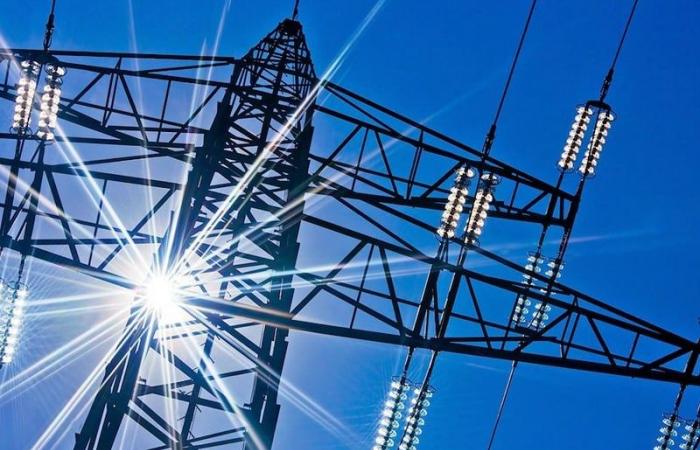Morocco continues to strengthen its commitment to a sustainable energy transition by banking on natural gas as a lever to increase its electricity production capacity. By 2030, the country plans to add 3,000 megawatts to its existing infrastructure, revealed Tarik Hamane, director general of the National Office of Electricity and Drinking Water (ONEE), during an interview with the press.
This increase in natural gas thermal capacity will notably involve the extension of the “ Tahaddart » in the north of Morocco, as well as by the construction of the new power plant « Al Wahda » in the center of the Kingdom. Furthermore, another thermal power plant project is under study, with implementation which could materialize in the short term, according to Hamane.
The director general also announced the creation of a clean electricity transmission line, with a capacity of 3,000 megawatts, which will connect the south of the country to the center over 1,400 kilometers. An investment of 18 billion dirhams (around $1.8 billion) will be allocated to this ambitious project. The selection of the consortium of companies which will be responsible for its implementation should be finalized by the beginning of next year at the latest.
To support this energy transition, Hamane stressed the importance of increasing production capacities through renewable energies and developing storage infrastructure. At the same time, he insisted on the need to modernize and strengthen existing thermal power plants running on natural gas, while building new ones.
To date, power plants powered by natural gas, mainly imported, represent 7% of the national electricity mix with an installed capacity of 834 megawatts. However, coal remains the main source of energy, representing nearly 34% of national production. Morocco currently produces 100 million cubic meters of natural gas per year from deposits on the Atlantic, but these reserves are running out, forcing the country to import nearly a billion cubic meters to meet national demand. .
The kingdom has clearly defined its energy ambitions for the future, including reducing greenhouse gas emissions by 45.5% and increasing the share of renewable energy to 52% in the energy mix by 2030 Despite these objectives, investment in natural gas remains a priority, given its role in the stability of the energy network. This fossil fuel, although polluting, is considered the least harmful in its category.
In an interview with Bloomberg, Leila Benali, Minister of Energy Transition and Sustainable Development, revealed that Morocco plans to invest around 40 billion dirhams in the gas sector in the coming years. According to her, this investment aims to compensate for the intermittency of renewable energies while preparing the country for the emergence of a hydrogen economy, with particular attention paid to the production of green ammonia and methanol.
In this dynamic, Morocco announced last April its intention to build three liquefied natural gas (LNG) regasification stations in the short, medium and long term. One of these stations will be located at the port of Nador, on the Mediterranean Sea, while the other two will be on the Atlantic coast, in accordance with the strategy defined by the Ministry of Energy Transition and Sustainable Development.
Thus, while asserting its position as a regional leader in renewable energies, Morocco continues to rely on natural gas to guarantee the flexibility and security of its energy system, while waiting for future innovations in the hydrogen field are fully taking off.






